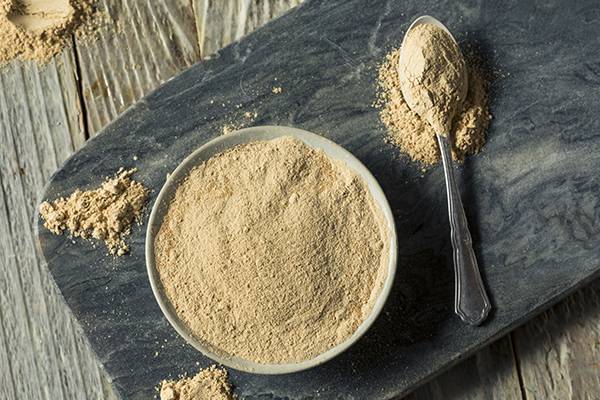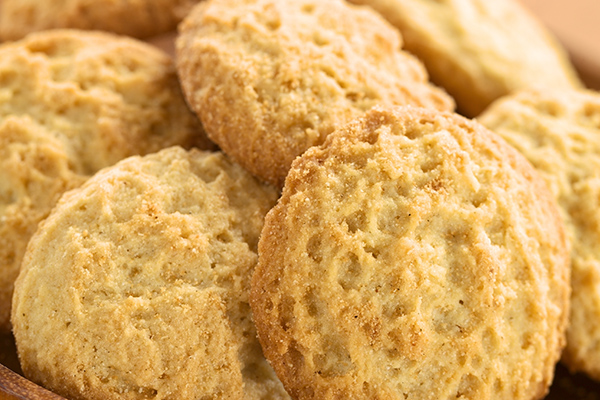Maca: properties, benefits and uses
Maca is a plant native to the Andes that has been consumed by Indians for centuries. Properties related to increased fertility, combating the effects of menopause and improving sexual health have been attributed to its root, although there are no conclusive studies. In the West, it has become very popular because it is considered a superfood capable of increasing energy, particularly in athletes.
how to shop
Share

The indigenous people of the Andes have consumed maca root, also known as Peruvian ginseng, for thousands of years. For these peoples, maca was not only a food but was also used as a natural remedy for a wide variety of ailments.
It seems that the Andean settlers used it since ancient times to improve their physical and mental capabilities.
What nutrients does maca contain?
Maca is a highly nutritious root with a high content of amino acids, vitamins and minerals. It also contains carbohydrates and fibre to help the body function properly. Its contribution of minerals includes calcium, phosphorus, potassium, magnesium, sulphur, iodine, iron and is it is also rich in vitamins B, B1 and B2, vitamin E and vitamin C.
Its active principles are glucosinolates, sterols, fatty acids (macaene) and their respective amides (macamides), alkaloids (lepidylines A and B, macaridine) and polyphenols. Thanks to these principles, it has a beneficial effect on improving the symptoms of menopause, increasing libido and increasing energy. However, its use must be controlled, since an excess can have an energising effect that can lead to insomnia and changes in blood pressure, among other things.

Because of its nutritional richness, maca is a food that can help supplement the requirements of certain nutrients and prevent deficiencies, being especially useful in vegan diets. Maca consumption is widespread among athletes, as it is believed to improve physical performance.
Historically, it has been considered a remedy to reduce male and female fertility problems, to increase sexual performance and as an endocrine regulator, and has been recommended for women with hormonal problems. However, the scientific evidence is not conclusive and science does not support these claims. If we analyse its biological properties, it seems that, especially black maca, has positive effects on spermatogenesis, memory and fatigue. But even so, more studies are needed to corroborate this.
The use of maca in the kitchen
La maca se puede encontrar en herbolarios, supermercados o tiendas de suplementos deportivos en extracto seco y en polvo. Se puede utilizar en la cocina añadiendo una cucharadita a un batido o a un yogur, antes o después de entrenar. Podemos utilizar la maca para condimentar algunos platos o añadirlo a galletas caseras o pasteles integrales, teniendo en cuenta que la maca andina tiene un sabor ligeramente picante.
Maca can be found in herbalists, supermarkets, or sports supplement stores in dry extract and powder form. It can be used in the kitchen by adding a teaspoon to a smoothie or yogurt, before or after training. It can be used to season some dishes or added to homemade biscuits or wholemeal cakes, bearing in mind that Andean maca has a slightly spicy taste.







